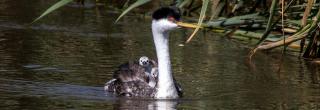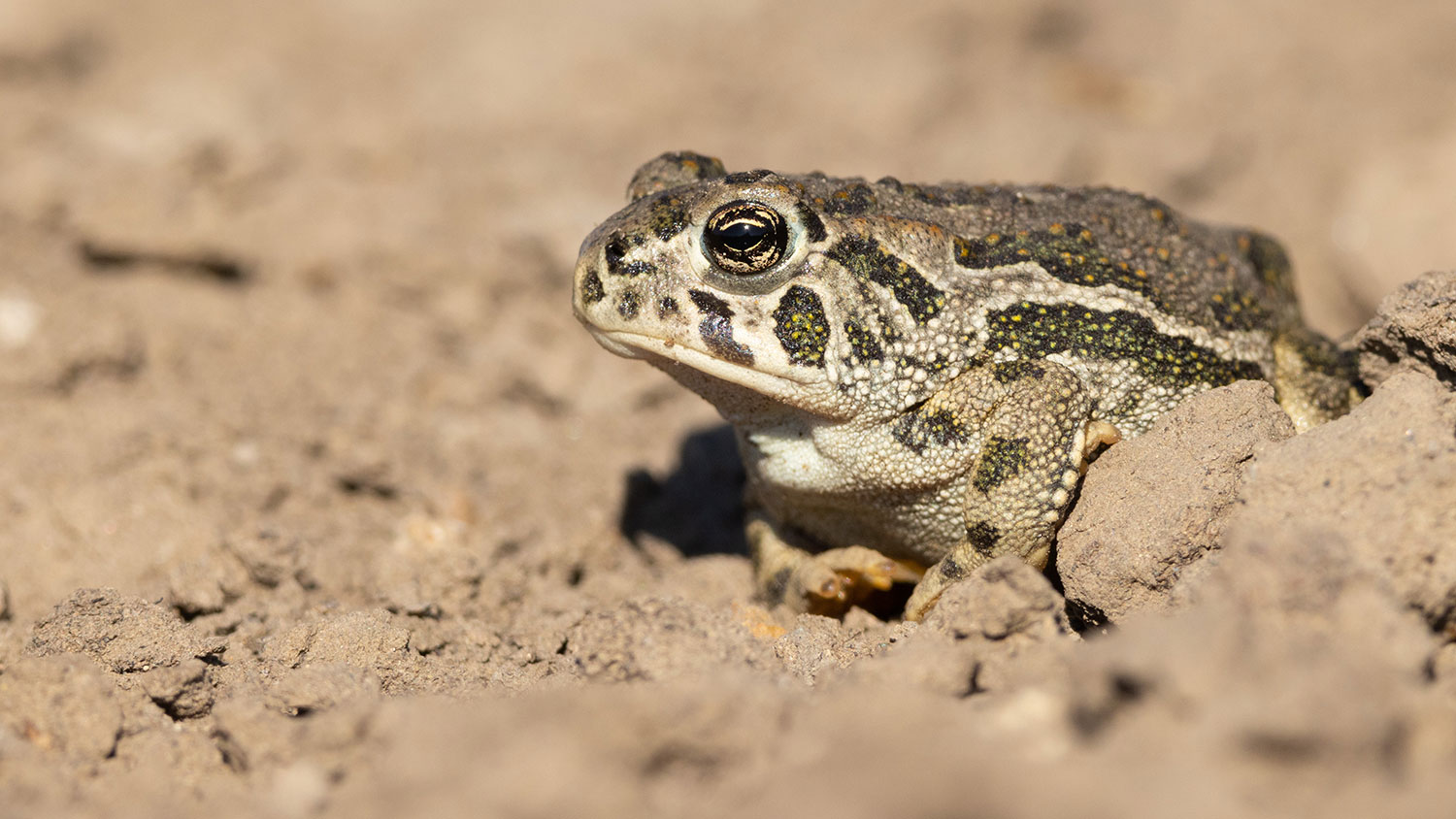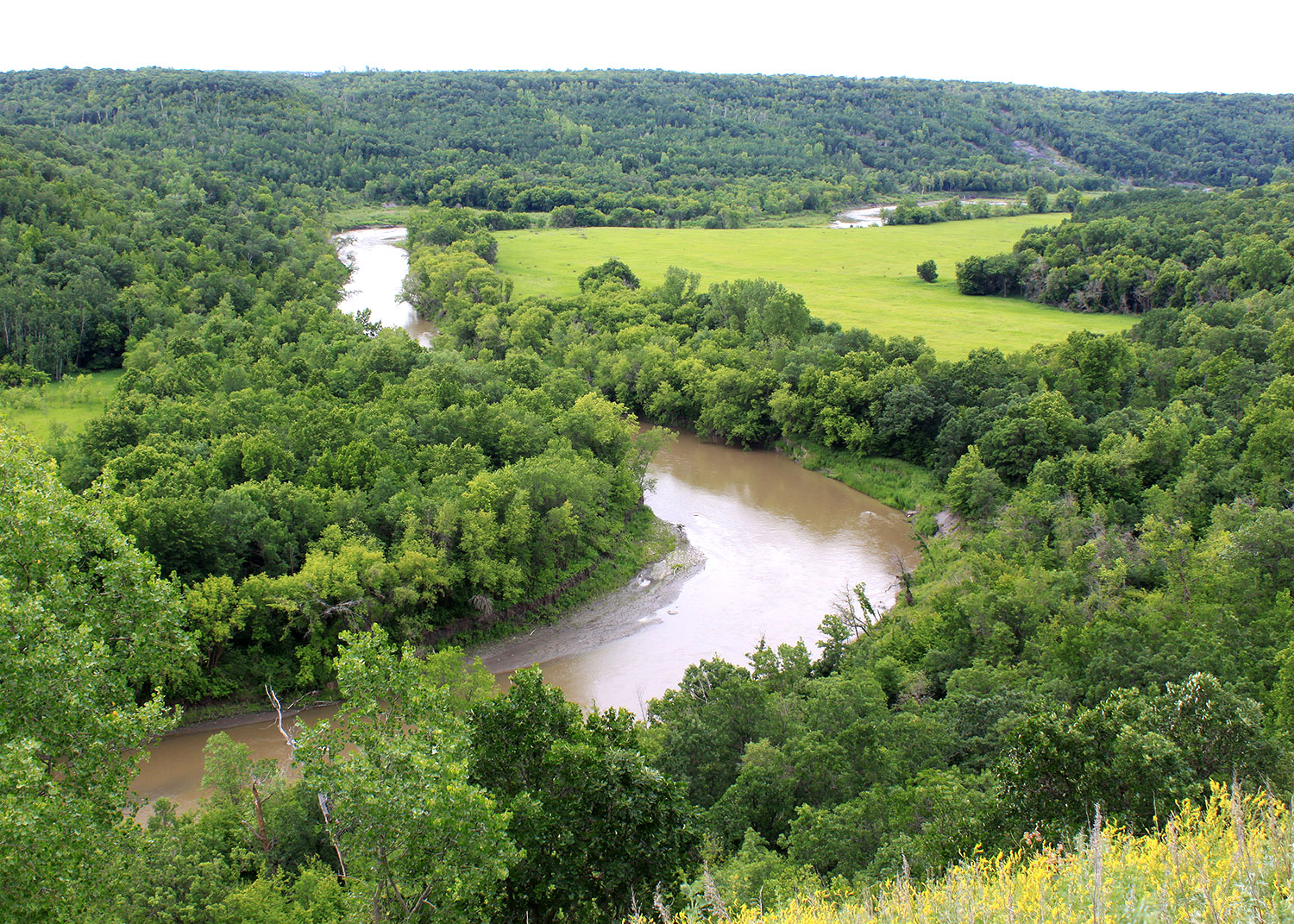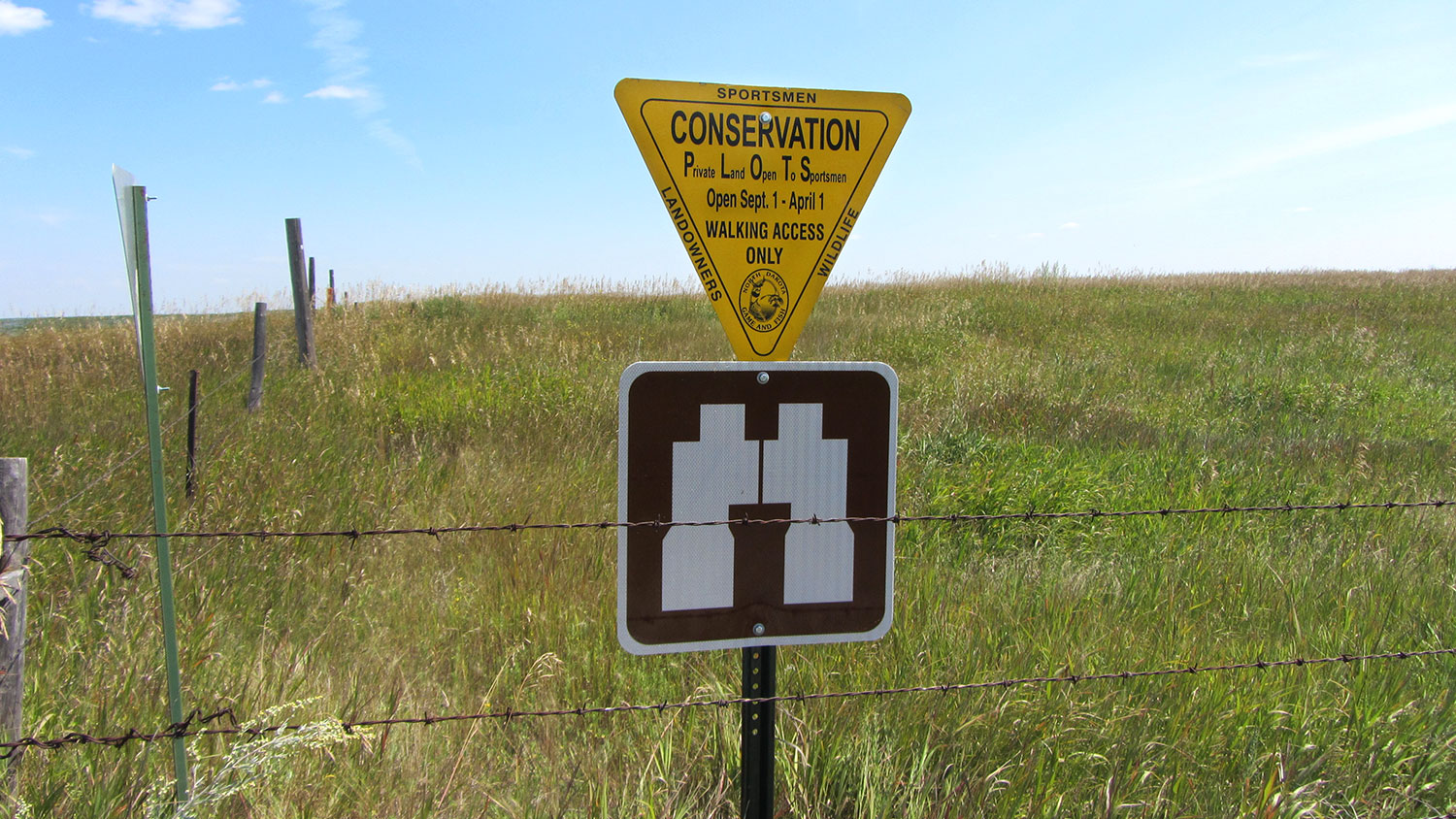
Watchable Wildlife Fund
The Watchable Wildlife Fund was established in 1987 to provide a source of revenue to promote and conserve species not typically hunted or fished and advocate for watching wildlife.
The fund must be used only for the purposes of preservation, inventory, perpetuation, and conservation of nongame wildlife, natural areas, and nature preserves in North Dakota.

Watchable Wildlife Tax Checkoff
North Dakota citizens with an interest in supporting wildlife conservation programs are reminded to look for the Watchable Wildlife checkoff on the state tax form.
The state income tax form gives wildlife enthusiasts an opportunity to support nongame wildlife such as songbirds, birds of prey, reptiles and amphibians, while at the same time contributing to programs that help everyone enjoy all wildlife.
Direct donations to the Watchable Wildlife program are accepted year-round.
How Funds are Used
Early on after the establishment of the Watchable Wildlife fund, contributions helped fund projects such as bluebird trails, nursing home bird feeders, species information publications and posters, and watchable wildlife viewing guides for North Dakota.
- The program has evolved over the years and contributions are being directed towards on-the-ground conservation of wildlife and their habitat.
- The fund also aids in publicizing watchable wildlife opportunities to encourage all citizens to get outdoors and explore North Dakota’s wildlife.

Some Watchable Wildlife Fund Projects

Tetrault Woods State Forest in the Pembina Gorge
Large, intact, naturally occurring, forested riparian areas are a unique habitat to our state and, therefore, are extremely important to the native woodland species that reside there.
The state’s northeastern Rocky Mountain elk and more than 70 species of birds may be observed in this area, including Species of Greatest Conservation Need, such as Black-billed Cuckoo and Red-headed Woodpecker.
Watchable Wildlife funds contributed to the acquisition of 160 acres adjacent to the existing Tetrault Woods State Forest, owned by the ND Forest Service.
The conservation of this property helps to maintain the continuity of North Dakota’s native forests along the beautiful Pembina River, while adding to the public land area very near the town of Walhalla for the public to use and enjoy.
Grand Forks County Prairie Project
Watchable Wildlife funds were used to complement other funds for wetlands and grassland protection in the Grand Forks County Saline Prairie.
This rare tallgrass prairie habitat is vital for waterfowl, grassland songbirds, shorebirds, hawks, upland game birds, reptiles and amphibians, white-tailed deer, red fox, muskrats, and many other wildlife species.

Stony Slough PLOTS
PLOTS are private land enrolled in a NDGF program that allows public access for hunting.
Watchable Wildlife funds assisted in providing year-round access to a PLOTS tract in Burleigh County for wildlife viewing too.
The site is a mix of grassland, wetlands, and a large alkali lake. Birds such as Nelson’s Sparrow, Swamp Sparrow, and Bobolink may be found here.
Directions: 1.5 north, I-94 Exit 190; or 3 miles north of Driscoll.

Enter the Watchable Wildlife Photo Contest
The North Dakota Game and Fish Watchable Wildlife Photo Contest is an annual photo contest begun in 1989.
The winning photo was used on a poster to promote the Watchable Wildlife Tax Checkoff during the tax season.
Currently, the winning photos are displayed on the Department's website and in the January issue of the North Dakota Outdoors magazine, the Department's monthly magazine.
